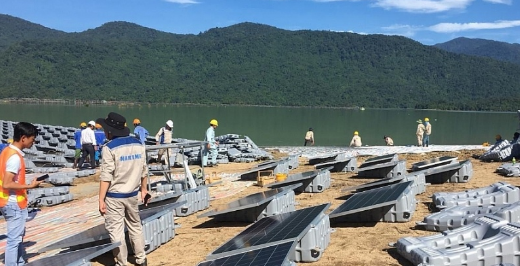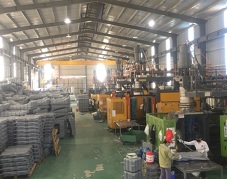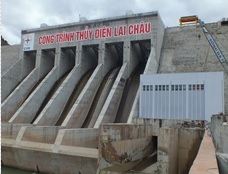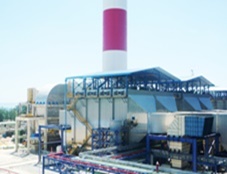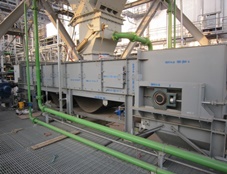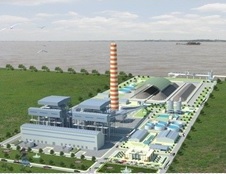Vietnam proves it can treat medical waste and global tech leaders
(VEN) – Experts at the National Research Institute of Mechanical Engineering (NARIME) have developed a medical waste autoclave system with a daily capacity of four tonnes, reducing the time of medical waste treatment without emitting dioxins and furans.

Vietnam’s medical waste autoclave system
Effectively replacing traditional technology
According to Tong Viet Dung, Deputy Director of the Environmental Equipment and Material Joint Stock Company (Urenco 13), the company handles about five tonnes of medical waste per day. Previously, it used traditional combustion technology that generates hazardous emissions.
Since 2016, the unit has received US-made medical waste autoclave technology from an international donor organization, which uses saturated steam at high temperatures to eliminate bacteria and harmful pathogens.
However, the cost of foreign technology, its maintenance and replacement parts was too high for many users. Two years ago, Urenco 13 met engineer Nguyen Van Binh and cooperated with NARIME on the research, design, manufacture and application of medical waste treatment using wet heat, with capacity of 4,000 to 4,500 kg of waste a day. Urenco 13 mastered the technology of the American system and adapted it to fit Vietnam’s environmental conditions, Dung emphasized.
|
Equivalent quality to US products The system is made up of a 9,000-liter autoclave, a 480-liter boiler and a system control cabinet. Medical waste is first transferred to sterilization in the autoclave, where high temperature saturated steam helps eliminate all germs, bacteria, pathogens in the waste. This process does not cause odors and does not generate dioxins and furans, unlike conventional burning methods. The whole process is operated automatically. Once the sterilization ends, the waste is cooled and crushed to a size of about 2-3 cm. The finished product after treatment is sterile waste, not harmful to the environment. When buried, the product does not take up much space and does not affect the soil and water environment, Binh emphasized. |
 |
After being installed and tested at Urenco 13 (in Hanoi’s Nam Tu Liem District) since November 2020, the results show that the new system has been operating stably. Microbiological tests of the waste following its treatment conform to the requirements of the National Institute of Hygiene and Epidemiology (NIHE).
The treatment time is reduced and productivity increases about 15-20 percent compared to world-leading medical waste autoclave equipment, which costs about four times more than the system manufactured by a domestic unit, Binh added.
Dung also affirmed that the project’s products have the same quality level as GK-MOSS products imported from the US, saying the company as well as NARIME hopes that following additional trials, the technology can be replicated nationwide.
The project will be replicated by member units of URENCO, hospitals in Hanoi and some northern provinces and subsequently in hospitals in the southern and central provinces, Dung said.
Engineer Nguyen Van Binh said that having mastered the technology, the research team would continue to improve and perfect it in order to reduce costs and introduce it to other domestic waste treatment companies.
Copyrights of Vietnam Economic News: http://ven.vn/vietnam-proves-it-can-treat-medical-waste-and-global-tech-leaders-44490.html
Tin liên quan
- Khai mạc giải thể thao truyền thống Viện Nghiên cứu Cơ khí năm 2025
- Đại hội của các Chi bộ thuộc Đảng Bộ Viện Nghiên cứu Cơ khí nhiệm kỳ 2025-2027
- Tiếp sóng Hội nghị trực tuyến toàn quốc quán triệt, triển khai thực hiện Nghị quyết Hội nghị lần thứ 11 Ban Chấp hành Trung ương Đảng khóa XIII
- Tiếp sóng Hội nghị trực tuyến Hội nghị toàn quốc quán triệt, triển khai thực hiện Nghị quyết số 66-NQ/TW và Nghị quyết số 68-NQ/TW
